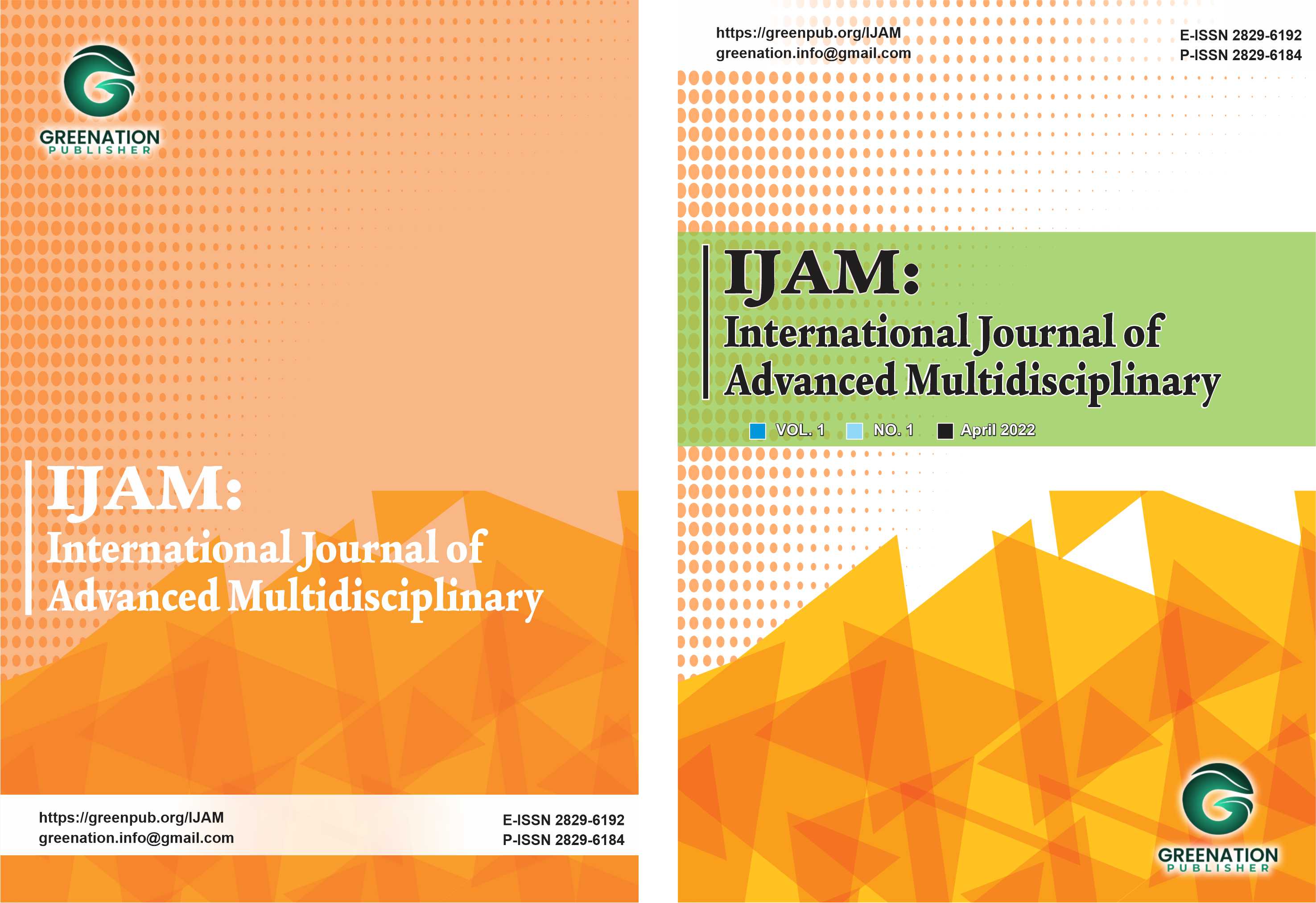Impact of Biofertilizer Application and Soybean Cultivar Selection on Intercropping: A Study of Growth and Yield Performance
Keywords:
Soybean Cultivation, Biofertilizer, Intercropping, LOF AzollaAbstract
This study examines how the use of biofertilizer and intercropping methods impacts the growth and pod yield of different soybean cultivars. The research involved six high-quality soybean cultivars, which were treated with Fermented Liquid Organic Fertilizer (LOF) Azolla at various doses. The researchers also considered environmental factors and soil fertility conditions during the evaluation. The findings revealed that environmental factors play a crucial role in influencing the growth of soybean plants. Additionally, suboptimal soil fertility, as well as pest, disease, and weed infestations, presented challenges to soybean productivity. Through careful analysis, the researchers identified that cultivar K2 (Anjasmoro) treated with a dose of 250 ml/L LOF displayed the best performance. Notably, positive correlations were observed between plant height, number of filled pods, and seed weight per plot. The use of biofertilizer and intercropping systems demonstrated significant potential in promoting sustainable soybean productivity. Consequently, this study contributes to the development of sustainable farming practices and offers insights to enhance soybean production in an eco-friendly manner.
References
Altieri, M. A., & Nicholls, C. I. (2017). The Adaptation and Mitigation Potential of Traditional Agriculture. Climatic Change, 140(1), 33-45.
Baig, M. J., Riaz, M., Shahid, M. A., & Raza, S. M. (2019). Impact of Climate Change on Soybean Productivity and Strategies to Enhance Soybean Yield under Changing Climate. International Journal of Agronomy, 2019, 1-9. doi:10.1155/2019/7513742
Buchori, D., & Lestari, P. (2018). Identification and Potential of Natural Enemies in Controlling Grasshopper (Valanga nigricornis) Pest on Soybean Plants. Indonesian Journal of Plant Protection, 22(1), 17-24.
FAO. (2021). FAOSTAT data on crops. Food and Agriculture Organization of the United Nations. http://www.fao.org/faostat/en/#data/QC.
Harti, A. O. R., & Marina, I. (2022). Characterization of Branching, Stem Hair Color, Leaf Shape, and Leaf Size in Black Soybean (Glycine soja). Pro-STek, 4(2), 115-127.
Hussain, M., Farooq, M., Jabran, K., & Nawaz, A. (2018). Intercropping: A Sustainable Way of Enhancing Crop Productivity. Agroecology and Sustainable Food Systems, 42(5), 581-601.
Jaiswal, P., & Kumar, R. M. (2021). Effect of Azolla Application on Soil Fertility and Productivity of Soybean (Glycine max L. Merrill) in Agroforestry System. Indian Journal of Agroforestry, 23(1), 39-44.
Kahveci, E., and K?rg?z, M. (2020). Determination of Seed Yield and Quality Criteria in Some Local Soybean [Glycine max (L.) Merr.] Genotypes. Turkish Journal of Agriculture and Forestry, 44(1), 28-37.
Kusuma, A. H., & Setiawan, I. (2019). Mechanical Weed Control to Improve Rice Plant Productivity. Journal of Applied Agricultural Research, 19(3), 159-167.
Li, L., Zhang, X., Yang, X., Li, L., & Liu, S. (2019). Comparative genomics reveals genes involved in the pathogenic mechanism of Fusarium oxysporum f. sp. glycines in soybean. BMC Genomics, 20(1), 440.
Marbun, P., Runtuwene, T. L., & Lombok, I. A. (2018). Effect of Cocoa Waste Bokashi on the Growth and Yield of Soybean (Glycine max L. Merr.) on Acidic Soil. Journal of Tropical Agroforestry, 4(2), 55-61.
Prasetyo, B.H., & Nurhayati, A. (2019). The Influence of the Interaction between Air Humidity and Soil Moisture Content on the Growth and Yield of Soybeans. Journal of Tropical Agroecotechnology, 8(2), 154-160.
Prayitno, D. S. W., & Maryudi, A. (2021). The Impact of Soybean Demand Growth on Land-use Changes in Indonesia. Land Use Policy, 100, 105066.
Rahma, A. O., & Marina, I. (2023). Comparison of growth and yield of soybean (Glycine max L) with variation of biofertilizer dosage in the rainy season. Pro-STek, 5(1), 36-43.
Sahoo, R. K., S. C. Biswal, S. Nanda, and S. N. Dash. (2017). Effect of Biofertilizers on Growth and Yield Attributes of Maize (Zea mays L.) in Rainfed Uplands of Odisha, India. International Journal of Current Microbiology and Applied Sciences, 6(11): 594-600.
Schmidt, F.H., & Ferguson, J.E. (1951). Rainfall Types Based on Wet and Dry Period Ratios for Indonesia. Verhandelingen Koninklijk Nederlandsch Meteorologisch Instituut, 45, 1-17.
Shoresh, M., Harman, G.E., & Mastouri, F. (2010). Induced systemic resistance and plant responses to fungal biocontrol agents. Annual Review of Phytopathology, 48, 21-43.
Thakur S., Singh L., & Sharma R. (2019). Potential of Azolla as a Biofertilizer and its Role in Sustainable Agriculture: A Review. International Journal of Current Microbiology and Applied Sciences, 8(8), 3277-3283.
Wulandari, D., Susilowati, A., & Putri, R. D. (2019). Effect of Fermented Liquid Organic Fertilizer (LOF) on the Growth and Yield of Superior Soybean (Glycine max L. Merril) Varieties. Indonesian Journal of Agrotechnology, 7(2), 123-130.
Downloads
Published
How to Cite
Issue
Section
License
Authors who publish their manuscripts in this journal agree to the following conditions:
- The copyright on each article belongs to the author(s).
- The author acknowledges that the International Journal of Advanced Multidisciplinary (IJAM) has the right to be the first to publish with a Creative Commons Attribution 4.0 International license (Attribution 4.0 International (CC BY 4.0).
- Authors can submit articles separately, arrange for the non-exclusive distribution of manuscripts that have been published in this journal into other versions (e.g., sent to the author's institutional repository, publication into books, etc.), by acknowledging that the manuscript has been published for the first time in the International Journal of Advanced Multidisciplinary (IJAM).























